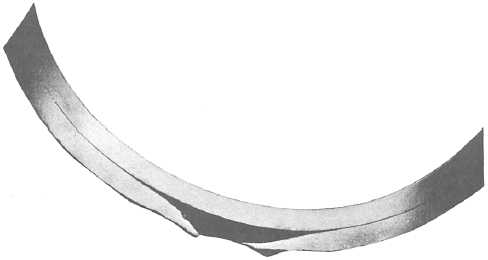
Figure 12-21. - Melted cluster of tubes.

Figure 12-22. - Lamination of a tube wall (fabrication detect).
MECHANICAL FATIGUE CRACKS occasionally occur in boiler tubes from such purely mechanical processes as flexing. Cracks of this type can usually be identified by a clean, bright break through a major portion of the metal thickness. These cracks begin on the outside circumference of the tube.
TUBE WALL LAMINATION is shown in figure 12-22. This lamination or layering occurs during the fabrication of the tube. It is the most common material defect found in boiler tubes.
FOLDED or UPSET TUBES are a result of defective fabrication. A folded tube is shown in figure 12-23. This defect resembles a heat blister in appearance, but the folded tube shows no wall thinning and has a depression on the side of the tube opposite the bulge.
STRETCHED or NECKED TUBES are also a result of defective fabrication. A stretched or necked tube is shown in figure 12-24.
FIRESIDE TUBE DEPOSITS can produce many of the scars and deformities just described. Basically, tube deposits cause tube failure because they lead to localized overheating of the tube
Continue Reading